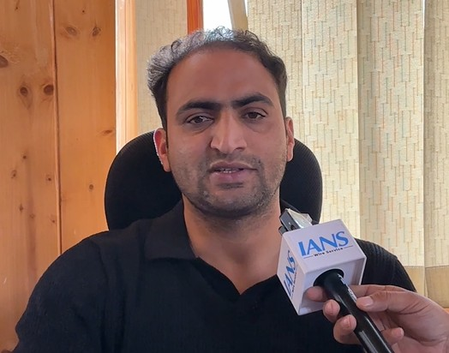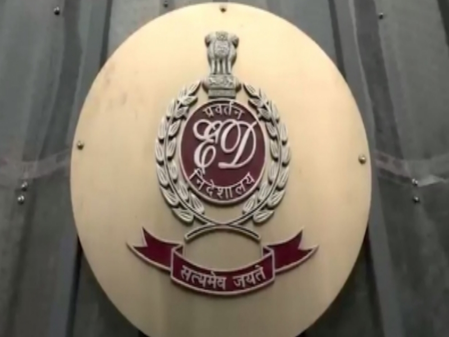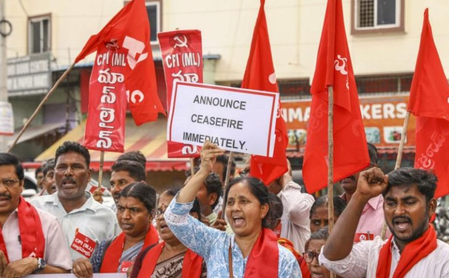New Delhi, April 18 (IANS) Dr Shakeel Ahmad, Block Development Officer (BDO) in Shopian District of Jammu and Kashmir, highlighted the transformative impact of the Direct Benefit Transfer (DBT) system, emphasising its role in plugging leakages and improving welfare delivery across India. He said it grew from 28 schemes in 2013-14 to 320 schemes, saving Rs 3.48 lakh crore.
Speaking to IANS, Dr Ahmad said, “All central government schemes, whether it is the Pradhan Mantri Awas Yojana, MGNREGA, Swachh Bharat Mission, or PM-Kisan Yojana, are being implemented here.”
“If we talk about Direct Benefit Transfer (DBT), earlier all subsidies were given either by cheque or in cash. A study revealed that only about 15 per cent of the subsidy amount would reach the beneficiaries. But now, through DBT, the funds are being directly transferred to the beneficiaries’ bank accounts.”
Dr Ahmad further elaborated on the expansion of DBT since its inception. “In 2013-14, only 28 schemes were launched under DBT on a pilot basis. Over time, the system became so successful that today, 320 schemes are being implemented through DBT. The efficiency of the system has grown substantially,” he said.
He credited the JAM trinity, Jan Dhan, Aadhaar, and Mobile connectivity, as the backbone of DBT’s success.
“With Jan Dhan, every citizen now has a bank account, which has brought financial inclusion to many who were previously excluded. Aadhaar has 99 per cent coverage for the adult population. Mobile connectivity has increased from 53 per cent in 2013 to 85 per cent in 2024,” he said.
“This JAM trinity has been instrumental in reducing duplicacy and bogus beneficiaries. Since all beneficiaries now have a unique ID, a bank account, and mobile connectivity, there is no scope for fraudulent claims,” Dr Ahmad added.
India’s DBT system has led to cumulative savings of Rs 3.48 lakh crore through reduced leakages and bogus claims. Beneficiary coverage expanded from 11 crore in 2014 to 176 crore in 2024.
The newly developed Welfare Efficiency Index (WEI), which quantifies fiscal and social gains, surged from 0.32 in 2014 to 0.91 in 2023, underscoring systemic improvements.
Despite an increase in welfare budgets from Rs 2.1 lakh crore in 2009-10 to Rs 8.5 lakh crore in 2023–24, proportional subsidy allocations have declined, highlighting DBT’s fiscal prudence.
Food subsidies alone accounted for Rs 1.85 lakh crore in savings, or 53 per cent of the total. Schemes like MGNREGS and PM-KISAN have achieved 98 per cent timely wage transfers and saved Rs 22,106 crore.
Aadhaar-linked authentication has eliminated ghost beneficiaries, enabling broader coverage without proportional increases in spending.
“When we analyse the data over the last decade, we see that policy implementation is just as important as the policy itself. A policy may be excellent, but its true success is determined by its efficient implementation on the ground,” Dr Ahmad emphasised.
“For this purpose, we developed a Welfare Efficiency Index (WEI), a statistical tool that wasn’t available before. We used this tool to evaluate the efficiency of various welfare schemes,” he added.
–IANS
rs/skp
Follow Times Report on Google News , Youtube , Whatsapp , Twitter , Instagram and Pintrest for more updates.







